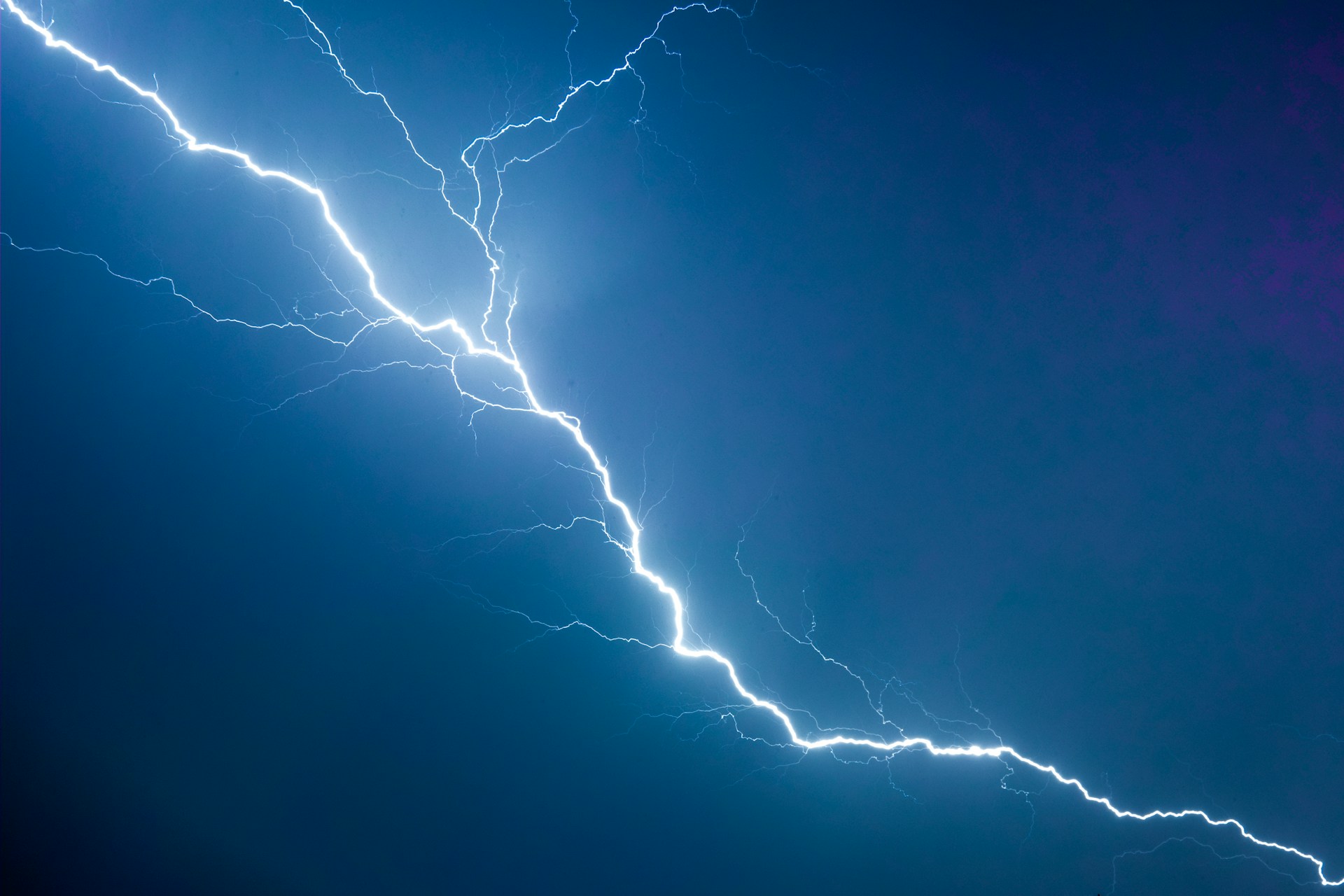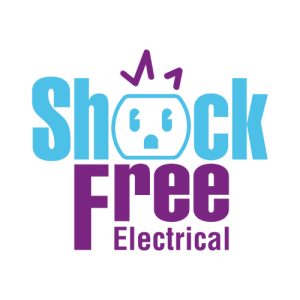A lightning strike can change everything in a split second. One loud crack, one bright flash, and suddenly parts of your home’s system might not be working or worse, something could catch fire. Outages, burnt appliances, or the smell of smoke can follow quickly. During storms, lightning can target homes in St. John’s and leave behind unexpected damage that affects not just electronics and wiring but overall safety as well.
When that happens, it’s easy to feel shaken or unsure of what to do next. While storms come and go, the effects of a lightning strike can leave long-lasting problems if they aren’t handled properly and fast. Whether it’s melted wires or fried circuit boards, it’s smarter to step back and let professionals step in. Acting quickly helps prevent further damage and protects everyone in the home. One thing that becomes clear after an event like this is the importance of having a working detection system, like smoke detectors that are correctly installed and placed.
Assessing The Damage After A Lightning Strike
Once the storm passes and it feels safe to come outside, your first step is to look around and figure out what, if anything, was damaged. A lightning strike can impact your home’s electrical network in different ways, and some of the damage might be easy to spot while other issues stay hidden until they turn into something bigger.
Here’s what to look for right after a lightning strike:
– Burn marks or the smell of something scorched near outlets or light switches
– Strange buzzing or crackling sounds inside the walls
– Lights that won’t turn on or flicker non-stop
– Tripped breakers or blown fuses that weren’t acting up before
– Electronics that no longer power on after being plugged in
Sometimes the hit won’t just affect electronics, it can also damage the home’s structure. For example, moisture might sneak in through cracks in the walls or roof, and that can mix with live wires. Even if everything looks okay on the outside, it’s safer to assume damage might exist behind the scenes.
One of the first calls you should make once you suspect any sort of electrical damage is to a licensed electrician. You shouldn’t try testing circuits or flipping switches yourself. A trained electrician will know how to check everything without making it worse. Inspections after a strike make a big difference. They can point out broken parts of the system you didn’t even realize were affected, including those that could become fire hazards later. Making sure your smoke detector system is checked during this visit is smart too. If anything was damaged, you’ll want it fixed right away.
Safety Measures To Take Right Away
After the strike and storm die down, there’s a short window where it’s safe to take a few quick steps if you feel comfortable. But none of these should involve testing or fixing things on your own. These actions are mostly about staying safe until a professional shows up.
1. Shut Off The Main Power
If you know how to reach your home’s breaker panel safely (use a flashlight, not a lighter or match), turn off the main switch. This helps stop more damage if anything inside your system is shorting out or overheating.
2. Step Outside If It Smells Like Smoke Or You Hear Odd Noises
If there’s any sound you can’t place, or you scent smoke even faintly, leave the house and call emergency services. Fires from lightning strikes don’t always break out right away. Sometimes they smoulder behind walls or ceilings first.
3. Don’t Use Water Around Damaged Areas
If water lines or fixtures are close to charred outlets or appliances, don’t touch them. Water and electricity don’t go together, and what looks fine might be dangerous.
4. Keep An Ear Out For Alarms
If you hear beeping or alarms going off, that could be a smoke detector that was set off by smoke even if you don’t see any flames. Make sure the alarms are still working once things calm down. A burnt-out detector won’t help during the next emergency.
5. Snap Photos If You Can Do So Safely
Quick photos of damage may help when you talk to your insurance provider or when professionals arrive. Just don’t go back into risky areas just to take a picture.
These early steps don’t fix the damage, they just keep things from getting worse. Once out of danger, your next move is to get electrical systems checked and any broken parts taken care of. That’s where licensed professionals come in. You’ll want them to look over not only your wiring but also check for damage to circuit breakers, outlets, and smoke detector systems too.
Addressing Electrical Issues After A Strike
Once the home’s safe and emergency steps are taken, it’s time to focus on fixing the electrical system. Even a single lightning strike can leave invisible damage behind. Power surges might travel through wiring and fry connected circuits, damage appliances, or even weaken your home’s electrical panel. Circuit boards can melt, outlets may become unstable, and entire sections of wiring could be unsafe.
This kind of damage isn’t just annoying, it can be dangerous. That’s why it’s better to leave the repairs to a licensed electrician. They know what signs to look for and what testing equipment to use. Instead of guessing what’s wrong or waiting for a problem to show up later, a professional can do a full inspection and spot the parts that need to be replaced before they fail or cause a fire.
There’s also another reason why experts matter here. Modern homes often have shared circuits and complex systems. One outlet acting strange might hint at a larger issue with the breaker or a fried section of the wiring. Plugging things in or flipping breakers before that system is checked might make everything worse. A licensed electrician will test breakers, panels, outlets, and wiring routes. They can also check your surge protection system, if you have one, which may need to be reset or replaced after taking a hit.
And if your smoke alarm system was affected, now’s the time to have it repaired or upgraded. If lightning damaged the circuit that powers your alarms, you might have detectors that are silently offline, something most people don’t think to look for after a storm.
Installing Smoke Detectors And Preventing Future Trouble
After a lightning strike, many people walk away thinking differently about their home’s protections. Smoke detectors are one of the easiest ways to help safeguard your home, but only if they’re installed right and working the way they should. Having a proper smoke detector installation in St. John’s means more than just popping devices on the ceiling. The system has to be wired correctly, positioned in the right places, and tested.
To help reduce the risk of fire or smoke-related danger, consider placing smoke detectors:
– Inside each bedroom and outside sleeping areas
– In basements and near electrical panels
– On every floor of the home, even in hallways
– Near kitchens, but not too close to avoid false alarms
If you’re not sure whether your current setup is good enough, that’s worth reviewing. After a strike, it’s not uncommon to find damaged plugs near detectors, especially if they’re hardwired into your electrical system. That could mean sensor failure or connection loss you wouldn’t notice until it’s too late.
Smoke detectors are just one part of the bigger picture. You can also protect your home by installing surge protectors that defend against future lightning strikes. They divert high voltage away from key appliances. Grounding systems, when installed correctly, also redirect surges into the soil instead of into your walls. These updates, combined with regular checks of your smoke alarms, give you more peace of mind during stormy summer months in Newfoundland.
Staying Ready For The Next Storm
Once the cleanup is done and repairs are made, one of the smartest things you can do going forward is to schedule regular electrical checkups. Damage isn’t always instant, and small issues can take weeks to show up. Having someone take a look once or twice a year keeps things running smooth and helps you catch surprises early, especially after a serious event like a lightning strike.
Weather in St. John’s can be unpredictable. Late July thunderstorms are common, and a single flash of lightning can target any home, older or newer. Preparing for future storms with inspections, safe wiring, and properly installed smoke detectors isn’t something to put off. It adds a long-term layer of safety that a quick fix can’t guarantee.
When it comes to protecting your home, you’re not just reacting, you’re planning ahead. And with the right support from a trusted professional, you’ll have a system that doesn’t just withstand damage but actually helps prevent it.
To give your home the best protection against future storms, consider having a professional handle your smoke detector installation in St. John’s. The right setup ensures that detectors work when needed most and provides peace of mind during Newfoundland’s unpredictable weather. Trust ShockFree Electrical to help protect your family and home with expert support you can count on.






